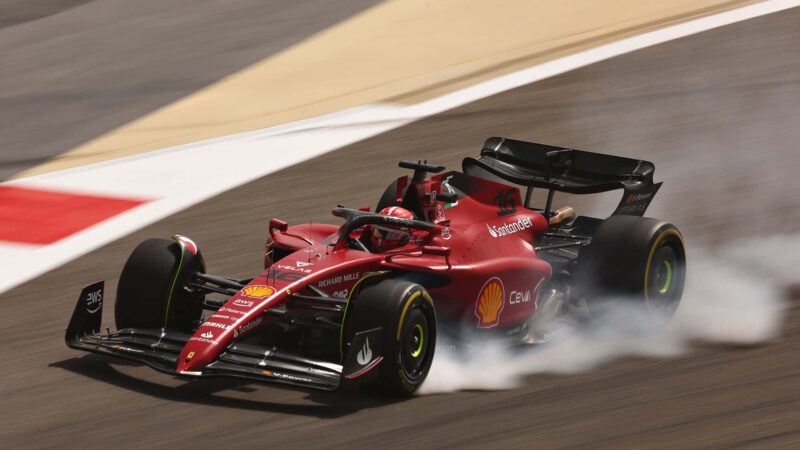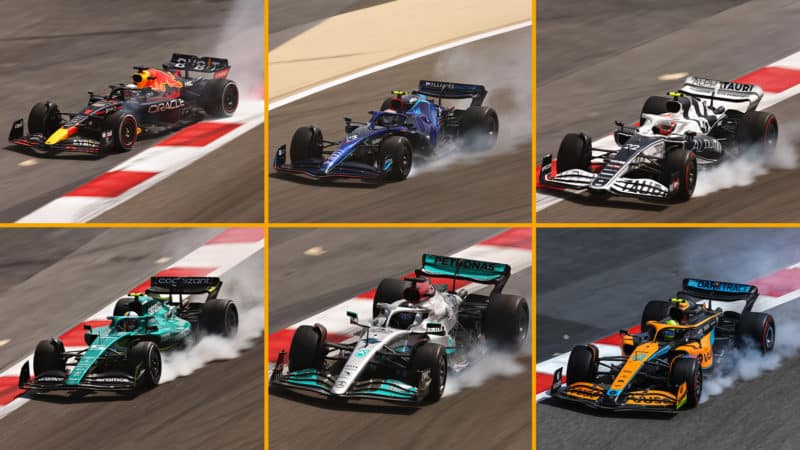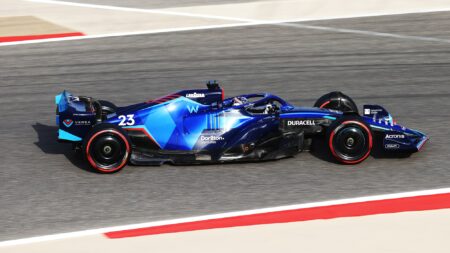The aerodynamics through long corners are no longer connected up in the way that they were; the complex barge boards are no longer there and they don’t have the nice suspension tricks, the hydraulically-assisted mechanical computers which had evolved, to help. Just basic torsion bars, heave springs and dampers. They are a more physical, less refined drive despite their big high-speed downforce.
The front tyre is less powerful relative to the rear than before. So it’s actually got a better balance than before. Last year it was all about trying to keep the rear tamed from the responsive front and therefore smooth steering and delicate weight transfer was a core skill. But now, although the front is weaker, when the rear steps out it is more of a problem, as there is less grip there to help – in slower corners at least. They are more difficult to drive despite the better balance.
They want to understeer in slow corners, when the centre of aero pressure doesn’t move forwards as much as before and there is nowhere near the same suspension leverage as before to pull down the front ride height at high steering angles. That load trait means the front wheels are easier to lock and the drivers are reporting that the new bigger tyres give less feel on the brake pedal than before. If the car is bouncing on its suspension under braking, the locking is even easier to induce – and is more difficult to unlock. Add into that a bumpy and gusty track like Sakhir and the set-up equation is immensely complex.

Leclerc locks up in the Ferrari F1-75
Lars Baron/Getty Images
The crucial part of getting control of the porpoising is preventing the rear corner of the floor from making a total air seal in the venturis, because that suddenly massively increases the downforce, then immediately stalls it. But it’s a very tricky thing to make the floor – it is effectively a cantilever – stiff enough. So in testing teams are beginning to use stiffening rods. Ferrari has in addition put a small cut-out in the floor edge so that even when the floor physically touches there is still a supply of air – and it is the Ferrari which, at the time of writing, looks the most consistently competitive car.
But pretty much every one of these cars is sure to be a long, long way from their development potential. So the chances of a volatile formbook in these early stages of the season as everyone grapples with a new set of problems, look very good.



